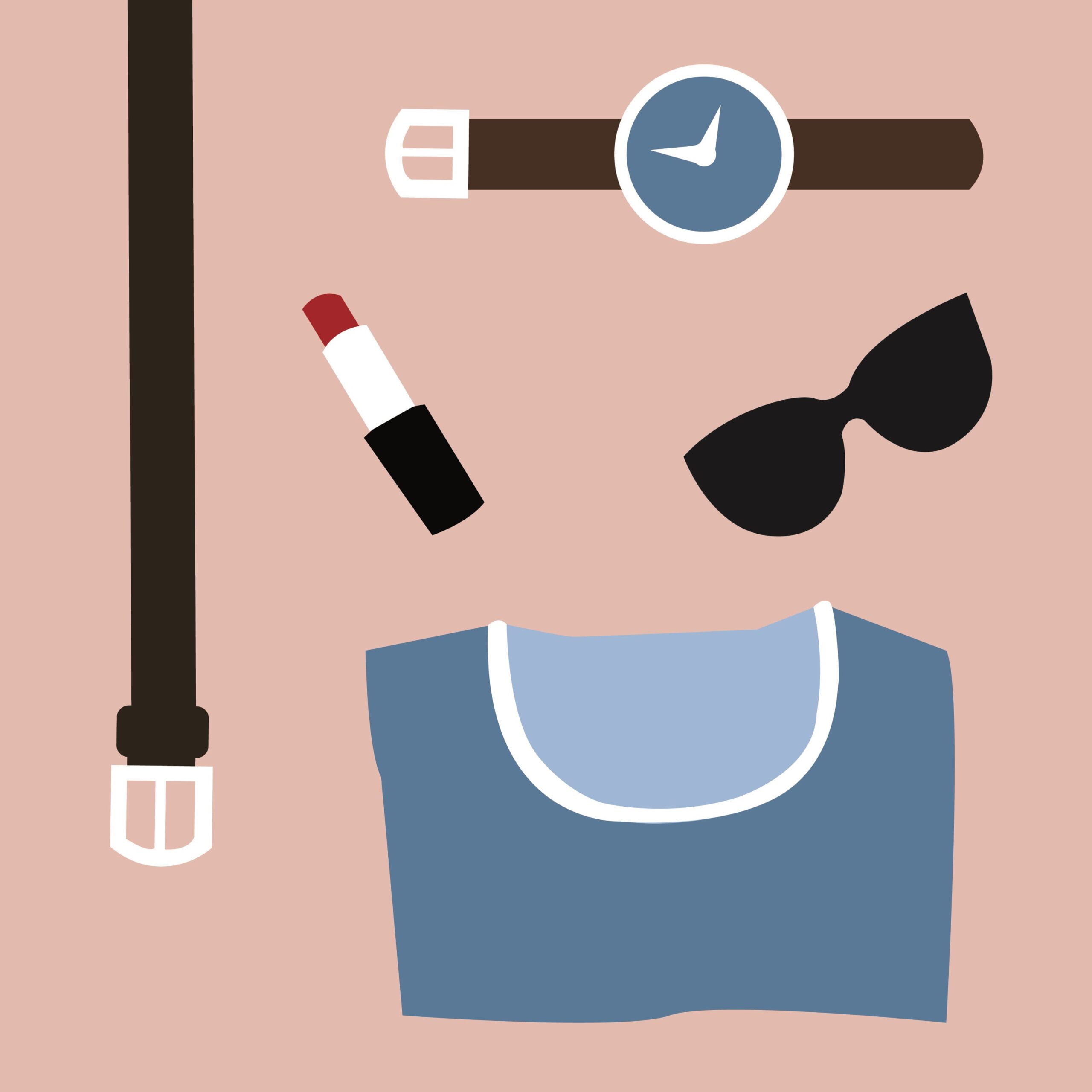Anne Beall, Ph.D.
Disney and Allure Bridal have joined forces to create a line of Disney-themed wedding dresses to “[turn] fairy tale dreams into reality for brides.” The dresses, says the Allure Bridals website, “capture the style and spirit of Disney Princess characters.”
But hold on…why, exactly, would a bride want to be a princess in a fairy tale marriage?
It turns out that although fairy tale weddings may be wonderful, fairy tale marriages are not. My firm analyzed 169 Grimms’ fairy tales, which are the precursors to all major fairy tales today. This collection includes the most beloved ones such as Cinderella and Snow White. We used statistical methods to identify patterns and determine what fairy tales are really saying; what we learned suggests that fairy tale marriages are doomed.
Four hidden messages we uncovered help explain why.
Men Should Have Agency and Power, Women Should Be Kind and Weak
In many fairy tales, a beautiful kind woman is abused, often by a witch or stepmother, and then saved by a prince or king who whisks her away to his kingdom where they marry shortly thereafter. What’s implicit in many of these stories is that the partners are not equal in power, agency or status. For example, Cinderella brings her good looks and a kind heart to the relationship whereas the prince brings wealth, power and a high-status position. Thus, fairy tales tell men and women that they should not be looking for their equal.
Men Are Valued for Their Actions, Women Are Valued For Their Looks
Marrying up is not without its flaws. When male characters marry royalty, 100% of the time it’s the result of their actions—feats of bravery, defeating armies, and killing giants. However, female characters marry royalty most of the time because they’re beautiful. Thus, fairy tales tell women to focus on their appearance and tell men to focus on being smart and brave.
Only Evil Women Have Control Over Their Lives
Fairy tales also have a great deal to say about power and control after the wedding. Princesses were the most powerful character only 12% of the time followed by queens who were the most powerful character only 3% of the time. So, if becoming a princess or queen through marriage, looks glamorous, in fairy tale land it comes with a lack of power.
Interestingly the female characters in fairy tales who have power are stepmothers and witches. Characters like Cinderella’s stepmother, the witch in Hansel and Gretel and many other nefarious female characters are the females who are powerful. These stories suggest that power is the province of good men (princes and kings) or evil women (witches and stepmothers).
After “I Do” Kings and Princes are Happy But Queens are Sad
Not surprisingly, male and female royalty have different emotions in fairy tale marriages. Queens are the characters who tell us about what it’s like being married to royalty: they are accused of terrible crimes by other women who long to take their place, or it’s the woman’s mother in law who is trying to get her removed. In these stories, the king determines her fate and many queens are banished or given death sentences.
Given the horrendous things that happen to queens, it’s no surprise that the most common emotion they express is sadness (41%). In contrast, the most common expressions that kings and princes express is happiness. Approximately 41% of king’s expressions and 56% of princes’ expressions are happy ones.
So, have a fairy tale wedding and feel free to wear a princess dress. Just be wary about how fairy tales and the implicit assumptions they carry about equality, desirable attributes in a spouse, and power don’t lead to happily ever after—even in fairy tale land.
**
Anne E. Beall, PhD is the CEO and Founder of Beall Research, Inc, a consulting firm that uses data and research to discover trends and create solutions for Fortune 500 companies. Author of Cinderella Did Not Live Happily Ever After and 7 other books on fairy tales, gender dynamics, human-animal relations, and market research, Anne previously worked for the Boston Consulting Group (BCG). She received her MS, MPhil, and PhD from Yale University. A lover of cats, storytelling, and walking, Anne lives in Chicago.






